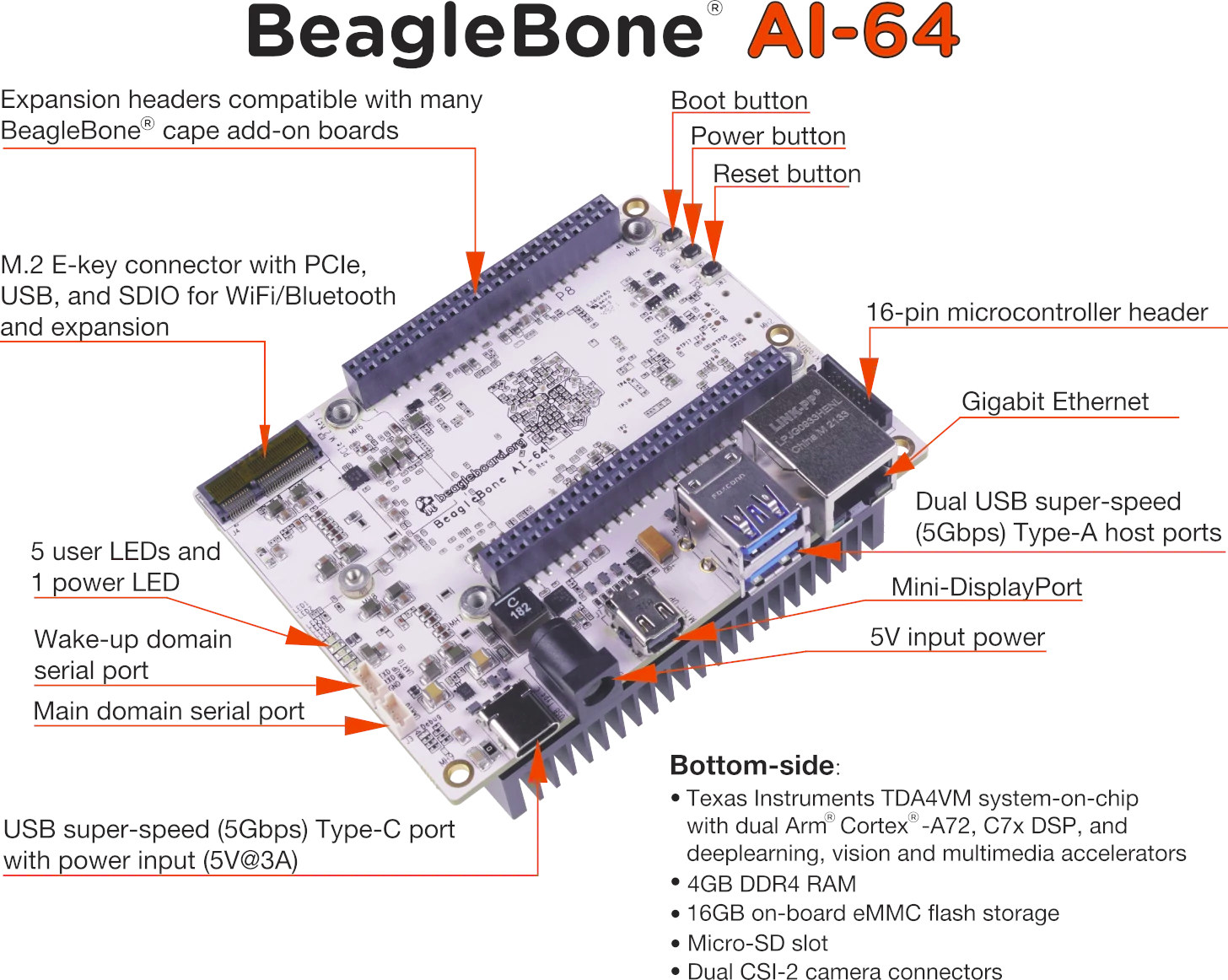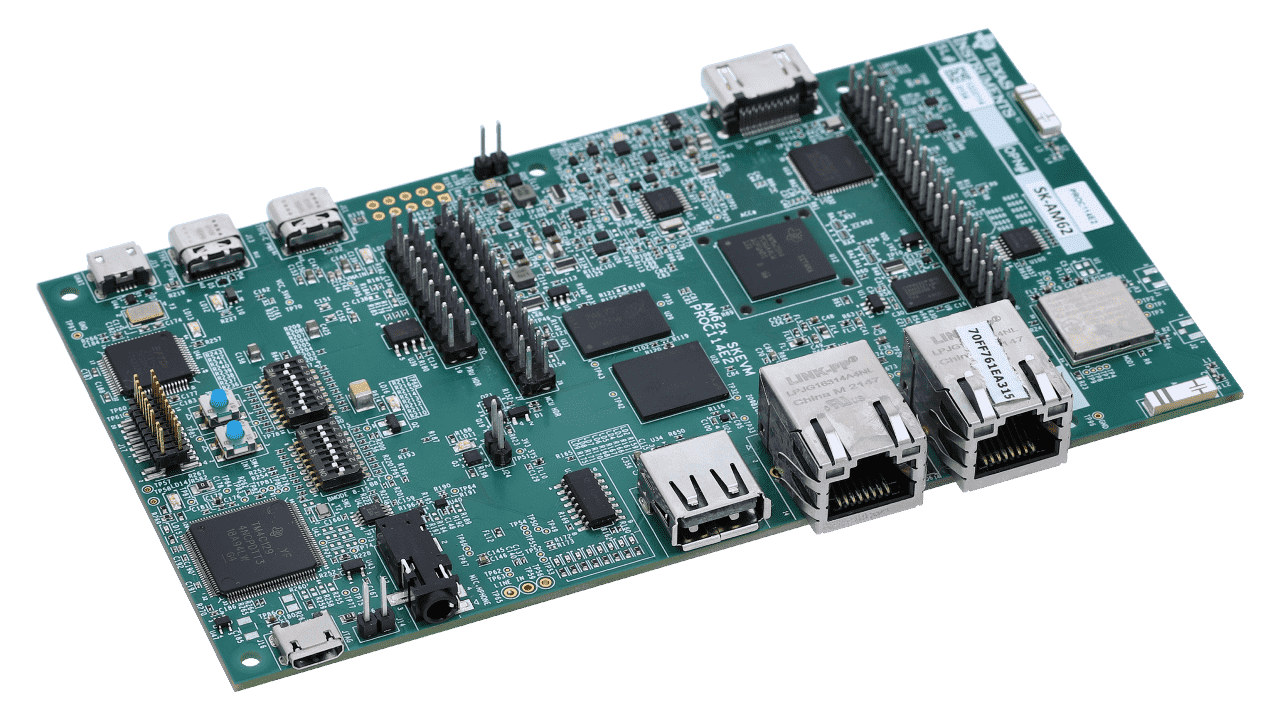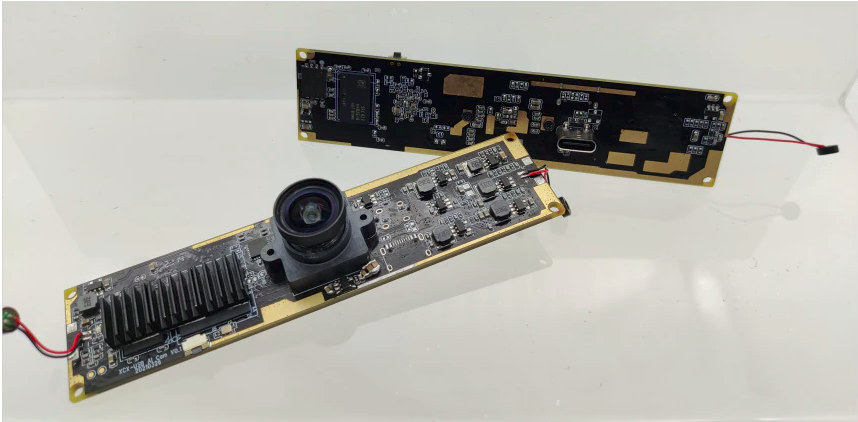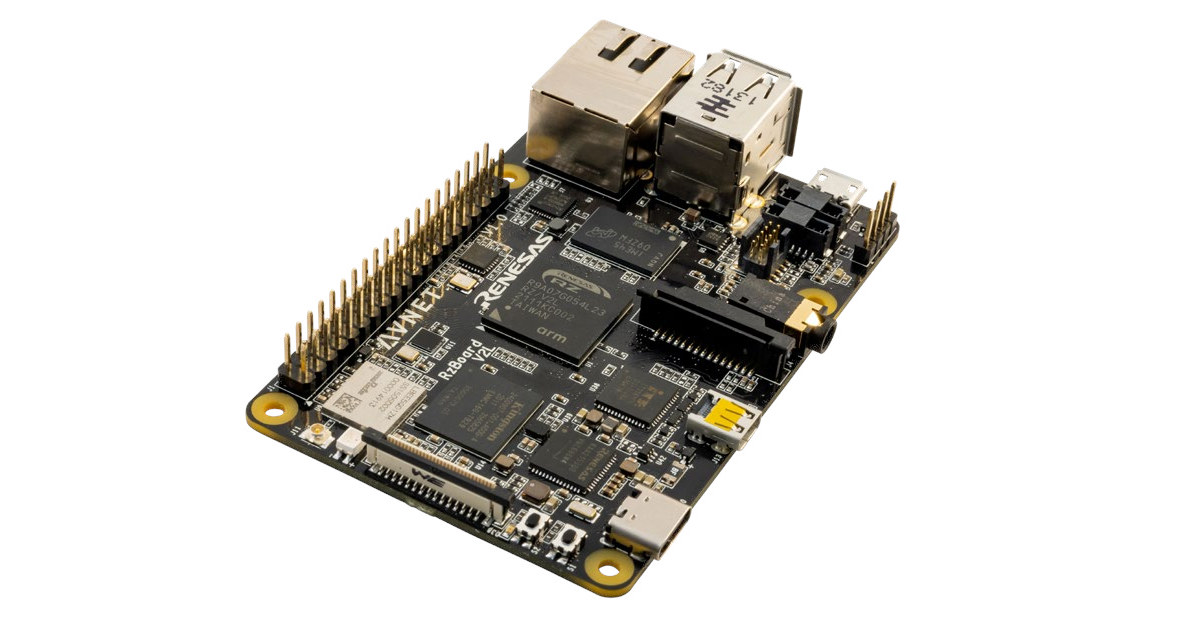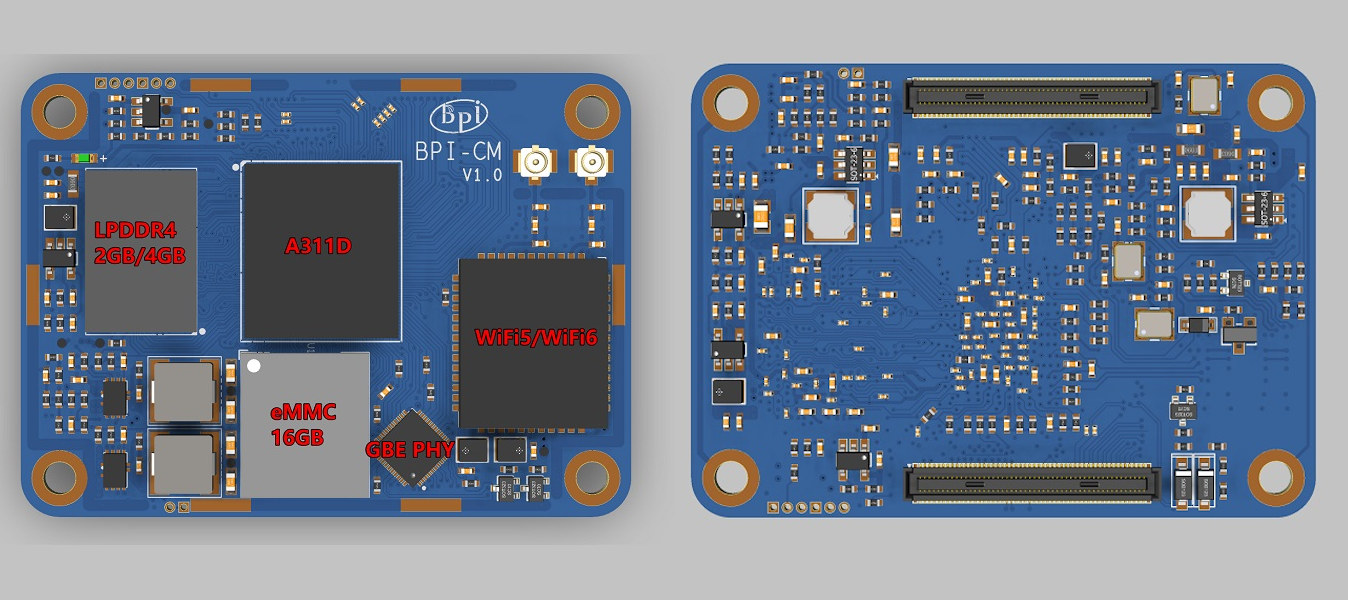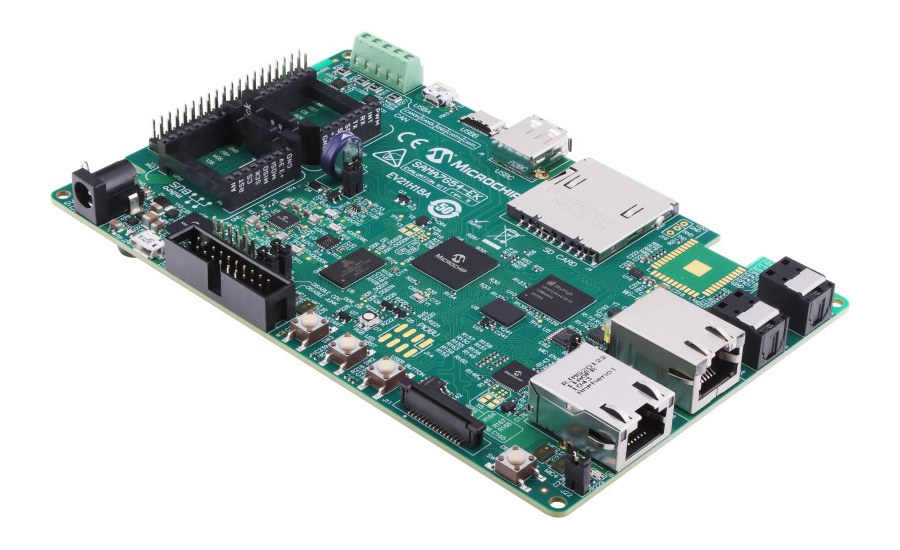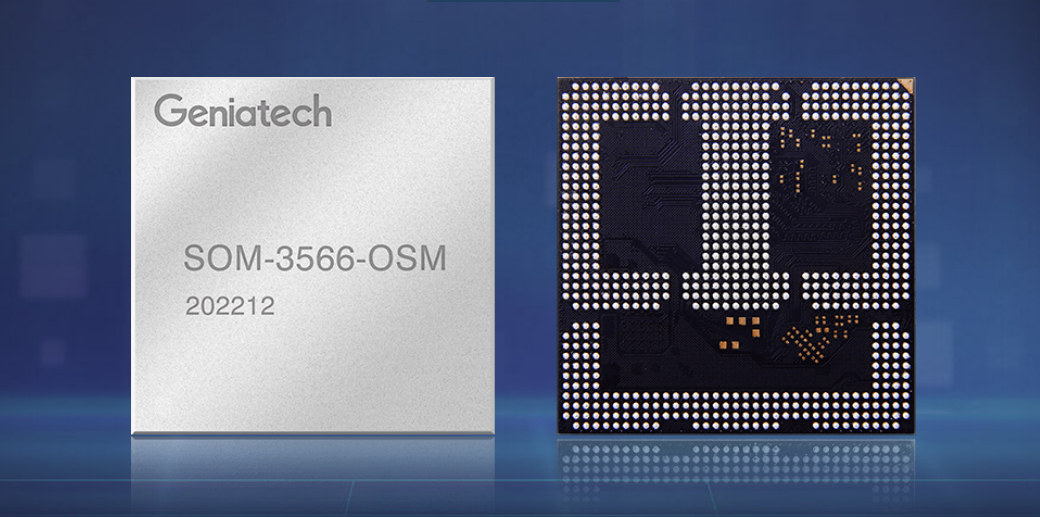BeagleBone AI-64 is a single board computer (SBC) powered by a Texas Instruments TDA4VM dual-core Cortex-A72 + hexa-core Cortex-R5F processor which also embeds an 8 TOPS AI accelerator, plus three DSP, as well as plenty of I/Os that makes it ideal for advanced AI industrial applications. It follows the BeagleBone-AI SBC launched in 2019, but with much higher specs including a 64-bit Arm processor, 4GB RAM, three USB 3.0 ports, an M.2 E-Key socket with PCIe, USB and SDIO, plus the usual expansion headers that keep compatibility with existing BeagleBone cape add-on boards. BeagleBone AI-64 specifications compared to BeagleBone-AI and BeagleBone Black boards: Another notable change is that a mini DisplayPort has now replaced the micro HDMI port found in earlier boards. The TDA4VM SoC comes with many co-processors, so it will be interesting to see how well those are supported in the software. BeagleBoard.org provides Debian 11.3 with […]
TI Sitara AM623 & AM625 Cortex-A53 SoCs offer low-power AI for HMI and IoT applications
Texas Instruments has just launched the new Sitara AM62 family with AM623 and AM625 single to quad-core Cortex-A53 processors designed to provide IoT gateways and HMI applications with AI processing at low power, in some cases with up to 50% reduction in power consumption. The AM623 processor specifically targets Internet of Things (IoT) applications and gateways that may benefit from object and gesture recognition, while the AM625, equipped with a 3D GPU, should power HMI applications with edge AI and up to two full-HD displays. Sitara AM623 and AM625 processors Sitara AM623/AM625 key features and specifications: CPU – Single, dual, or quad-core Arm Cortex-A53 processor @ up to 1,400 MHz with 512KB L2 shared cache, plus 32KB I+D cache per core Co-processor – 1x Arm Cortex-M4F real-time core at up to 400 MHz with 256KB SRAM with SECDED ECC GPU (AM625 only) – Unnamed 3D GPU with support for OpenGL […]
Robot cat girl doll leverages Khadas VIM3 SBC for AI-accelerated object detection/tracking
While Khadas VIM4 board has just been launched, the earlier Khadas VIM3 SBC has the advantage of featuring a 5 TOPS NPU that’s being leveraged by Lilium Robotics for their humanoid robots, notably the Lily Delta V7 robot cat girl doll using the Amlogic A311D board to control motors and provide AI features such as face and object detection and tracking. The Delta V7 is offered as an Android kit running Linux (Android refers to humanoid robot here) with a full motorized body kit, a head with a dual camera and sound system, accessories like a dress, wig, cat ears and tail, and other features that are more geared towards the adult crowd… Content of the Lily Delta V7 full Android kit: Full motorized body kit Motorized arms, legs, and torso with wide movement range Arms can support 0.5 kg payload 100 cm high, weighs about 5 kilograms Inserts: Face, […]
4K USB AI camera is powered by Rockchip RV1126 SoC with 2.0 TOPS NPU
ThinkCore TC-RV1126 is a USB AI camera powered by Rockchip RV1126 quad-core Cortex-A7 processor with a 2.0 TOPS NPU and equipped with a Sony Starvis IMX415 CMOS image sensor with 4K resolution (3840 x 2160). The Linux-powered camera module features a USB Type-C port compatible with UVC & UAC protocols so that it can work without drivers on Windows, Android, Linux, Mac OS, and most other operating systems with a USB stack. TC-RV1126 camera specifications: SoC – Rockchip RV1126 quad-core Arm Cortex-A7 @ 1.5 GHz + RISC-V MCU @ 400 MHz, 2D graphics engine, 2.0 TOPS NPU with support for INT8/ INT16, 14M ISP System Memory – 2x DDR3 chip (128M x 16), so that should be 512MB RAM (TBC) Storage – 1 Gbit (128MB) SPI NAND flash Camera Image sensor – Sony Starvis IMX415 1/2.8-inch 8MP CMOS sensor with night vision Capture up to 3840×2160 @ 30 fps Supported […]
RZBoard V2L – A business card-sized Renesas RZ/V2L SBC for AI vision applications
Avnet RZBoard V2L is an Arm Linux SBC for AI vision applications that’s about the size of a business card (or a Raspberry Pi), and powered by a Renesas RZ/V2L Cortex-A55/M33 processor with an on-chip DRP-AI accelerator. The board also comes with 2GB DDR4, 32GB eMMC flash, 16MB QSPI flash, Gigabit Ethernet, WiFi 5 and Bluetooth 5.0, multiple USB ports, MIPI DSI/CSI interfaces, as well as a Pi HAT compatible 40-pin GPIO header. RZBoard V2L specifications: SoC – Renesas RZ/V2L with 2x Arm Cortex A55 cores @ up to 1.2 GHz, 1x Arm Cortex M33 real-time core @ 200 MHz, Arm Mali G31 GPU @ 500MHz, DRP-AI accelerator, DRP Simple ISP (full HD), and a H.264 Hardware Video Enc/Dec (full HD) System Memory – 2GB DDR4 (16-bit with ECC) Storage 32GB eMMC flash 16MB QSPI NOR Flash MicroSD card socket Video Output – MIPI DSI and HDMI (selectable) Camera I/F […]
Raspberry Pi CM4 compatible module coming soon with Amlogic A311D CPU
Despite assurances by Eben Upton that there’s no supply shortage of Raspberry Pi CM4 modules for commercial and industrial customers, installations or projects requiring just a few modules may be out of luck. So alternatives are needed, and after seeing Rockchip RK3566-based SoMs compatible with Pi CM4, namely the Pine64 SoPine and Radxa CM3, Banana Pi is working on a Raspberry Pi CM4 compatible module powered by Amlogic A311D hexa-core Arm Cortex-A73/A53 processor. Banana Pi BPI-CM4 specifications: SoC – Amlogic A311D hexa-core processor with 4x Arm Cortex-A73 @ 2.0 GHz and 2x Arm Cortex-A53 @, Arm Mali-G52 MP4 (6EE) GPU, 5 TOPS NPU System Memory – 2GB/4GB LPDDR4 RAM Storage – 16GB eMMC flash (up to 128GB) Networking – Gigabit Ethernet PHY on-module, optional WiFi 5/6 module with on-board PCB antenna and external antenna 2x 100-pin high-density board-to-board connector (mostly) compatible with Raspberry Pi CM4 with 1x HDMI, 1x MIPI […]
Microchip SAMA7G54 is a single-core Arm Cortex-A7 microprocessor for low power AI camera & audio applications
Microchip has just announced the 1 GHz SAMA7G54 single-core Arm Cortex-A7 microprocessor (MPU) with MIPI CSI-2 and parallel camera interfaces, as well as up to four I2S, one SPDIF transmitter and receiver, and a 4-stereo channel audio sample rate converter. The company specifically launched a single-core processor to offer a lower power solution for AI camera and audio solutions, and the chip is coupled with the MCP16502 power management IC that has been optimized to provide the best power/performance ratio for the SAMA7G54. Microchip SAMA7G54 specifications: CPU – Arm Cortex-A7 based MPU @ up to 1GHz with 256KB L2 cache Memory – DDR2/DDR3/DDR3L/LPDDR2/LPDDR3 up to 533MHz Storage – Quad SPI, Octal SPI, 3x SD/eMMC Camera I/F – MIPI CSI-2 (2-lane up to 1.5 Gbps each) and 12-bit parallel camera Up to 8 Mpixel @ 30 fps Audio – Up to 4x I2S, PDM, SPDIF (Rx/Tx), 4 stereo channel ASRC Networking […]
Geniatech launches OSM Size-L modules with Renesas RZ/G2L, Rockchip RK3566
Geniatech has introduced LGA system-on-modules compliant with the SGET OSM (Open Standard Module) Size-L standard and designed to be soldered directly on the carrier board. Two models have been launched with the SOM-G2L-OSM equipped with Renesas RZ/G2L Arm Cortex-A55/M33 processor, and the SoM-3566-OSM powered by a Rockchip RK3566 quad-core Cortex-A55 SoC. SOM-G2L-OSM module Specifications: SoC – Renesas RZ/G2L dual-core Cortex-A55 processor, Cortex-M33 real-time core, Arm Mali-G31 GPU, H.264 video encoder/decoder System Memory – 1GB RAM (2GB/4GB optional) Storage – 8GB eMMC flash (16GB/32GB optional) 662 contacts with Display – 1x MIPI DSI, 1x RGB Camera – 1x MIPI CSI Audio – I2S Networking – 2x Gigabit Ethernet USB – 1x USB OTG 2.0, 1x USB 2.0 host Serial – 2x CAN bus SDIO 3.0 Low-speed I/Os – 5x UART including debug, 2x I2C, 3x SPI, 3x PWM, 16x GPIO, 2x ADC Dimensions – 45 x 45 mm (OSM Size-L form […]


